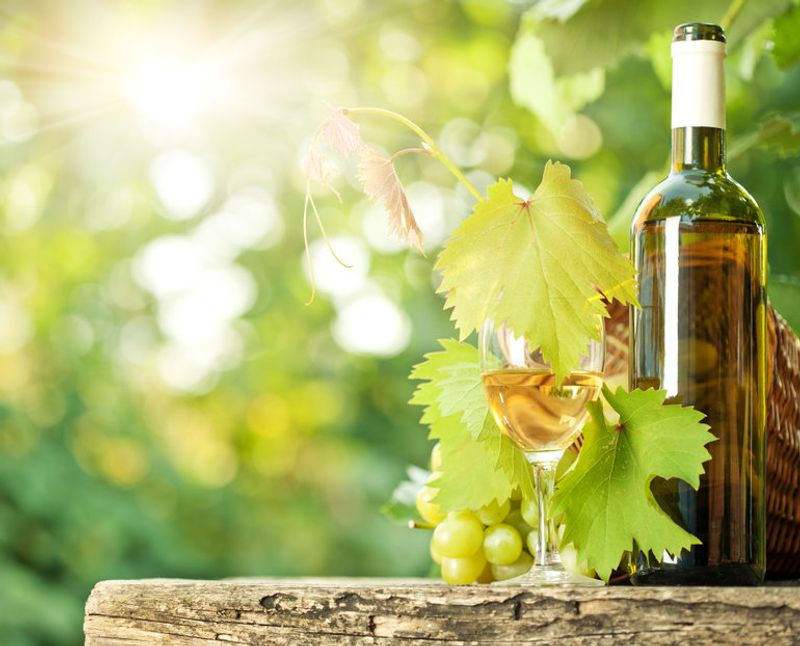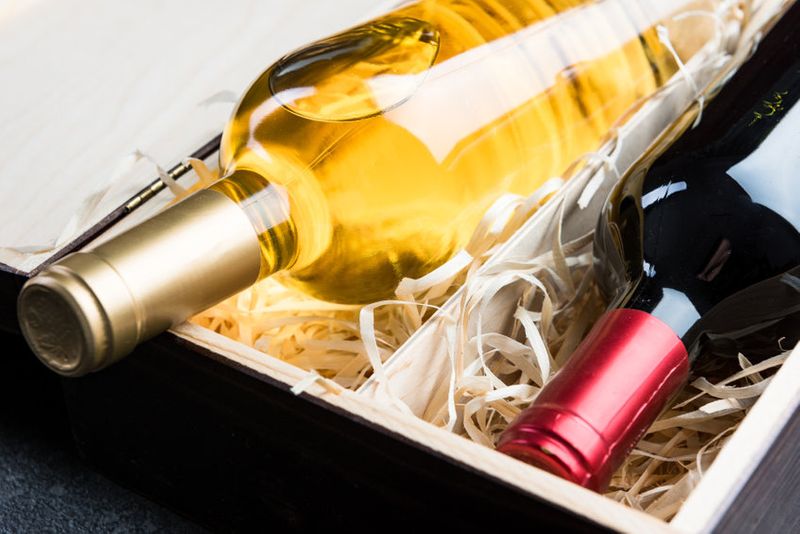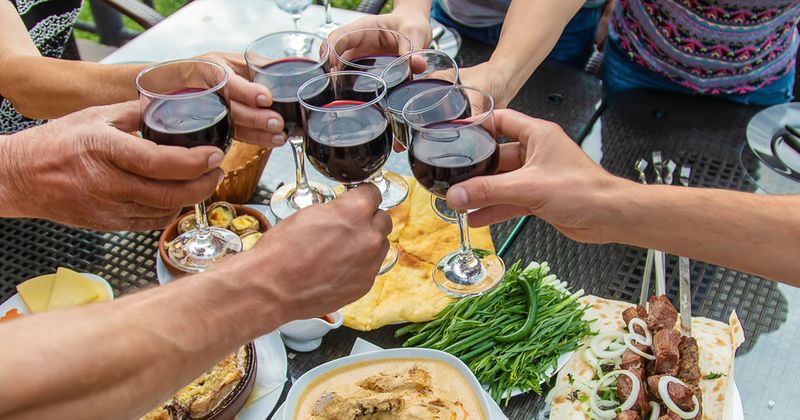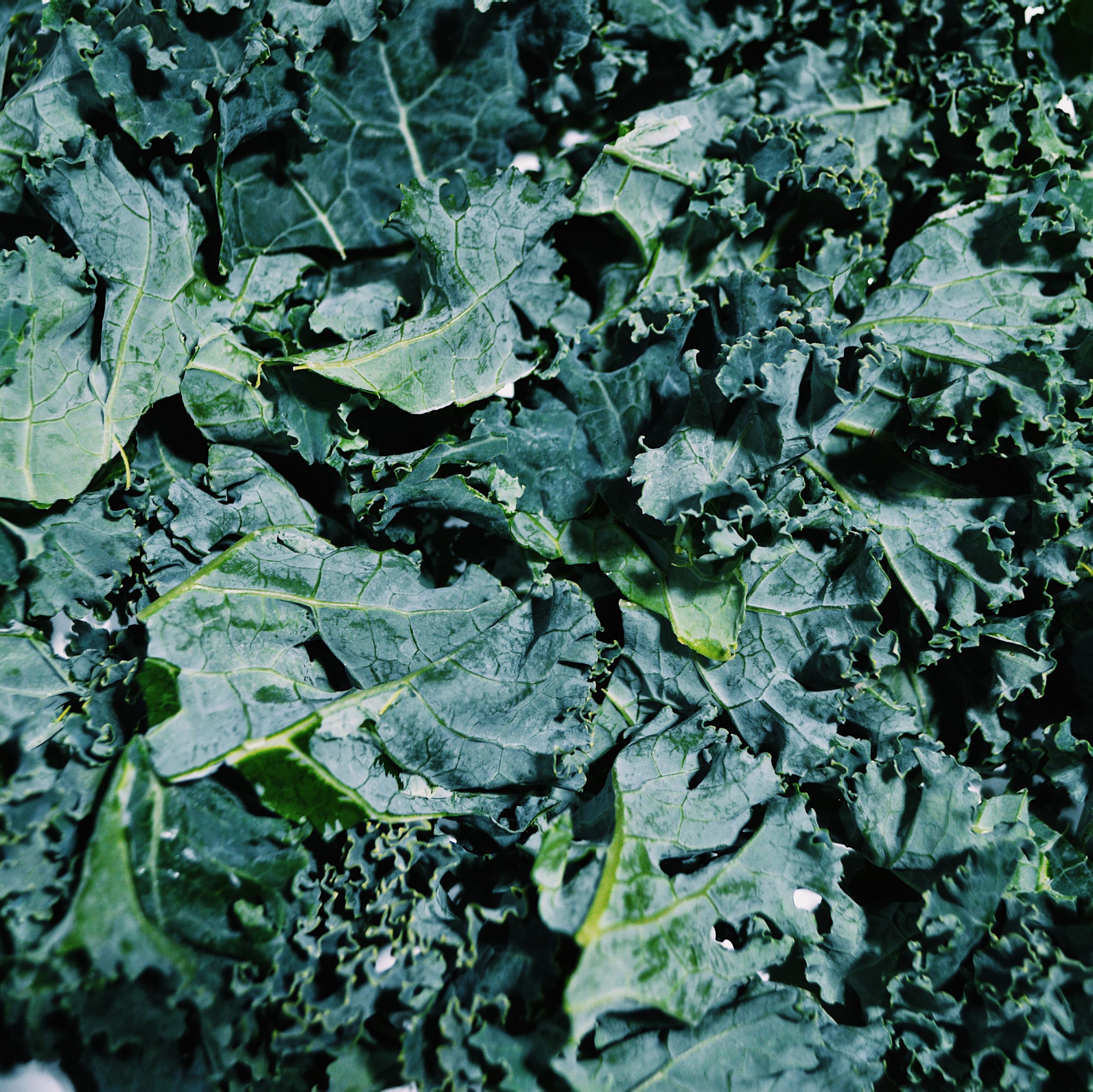White Wine Pairings: White Wine & Food Pairing Guide
There’s nothing quite like enjoying a romantic dinner with your significant other and toasting to your love or having your friends over and toasting to your friendship and accomplishments with a delicious, smooth white wine from your favourite local vineyard. But what makes the experience even better? A meal that pairs perfectly with your white wine. Whether you’re craving seafood, finger foods or grilled meats, there are various types of white wines that will take your night out or night in to the next level.
Do You Know The Differences Between Bodies Of Wine?
Knowing the difference between light body, medium body and full body is important when it comes to pairing food and wine for a couple of different reasons. Plus, it makes you appreciate the beautiful glass of wine in your hands even more. Understanding and appreciating the notes in each body is a hobby and an art, and most importantly, what makes it so darn delicious with certain food.
Light-Bodied Wine
Lighter-bodied wine is seen as more of a “delicate” drink. It’s also referred to as “light” because it contains the lowest amount of alcohol content (12.5% or less) which is why people find it easier to drink. When browsing for a light wine, search for sweet Riesling, Pinot Grigio or Sauvignon Blanc.
Pairing options: seafood, chicken, salad, pasta, fried foods, more fatty dishes
Medium-Bodied Wine
Medium-bodied wines typically have an alcohol content of 12.5% to 13.5%. They give you a bit more fullness and make a great pairing for many dishes. Examples of this include dry Riesling, Chenin Blanc, unoaked Chardonnay, or Pinot Gris.
Pairing options: scallops, lobster, oysters, cheese, salad
Full-Bodied Wine
Full-bodied white wine has the highest alcohol content (13.5% or higher). They typically come from warmer climate areas like California, Spain, France or Italy and soak in oak barrels to give them that “heavier” taste. Look for bottles labelled oaked Chardonnay, Viognier, Chenin Blanc, Merlot, and Cabernet Sauvignon.
Pairing options: meaty dishes, roasted chicken, pasta, breads
How Sparkling Wine Differs
Sparkling wines taste the same but have been fermented with a mixture of yeast and sugar which makes them bubbly and fizzy. Many people think that sparkling wine is champagne, but that’s not true. In order to determine classification, you have to look at where the wine was actually produced.
Did you know that Champagne only refers to the region it came from? Authentic Champagne is from a region in France; a mild climate where Champagne grapes thrive.
What Is Mulled White Wine?
Mulled white wine is a German delicacy. It’s spicy, smells absolutely delicious, and is a great drink to serve your friends and family during holiday dinners, specifically Thanksgiving or Christmas. The recipe is simple yet delicious and typically features:
- Dry wines rather than rich or sweet wines (can be white or red wine)
- Orange juice and orange slices
- Sugar or honey
- Lemon slices
- White cloves
- Cinnamon sticks
- Cardamom
- Ginger
- Nutmeg
- Allspice
Wine and Food Pairings
Matching food to the perfect wine pairing can be easier when you know the differences between each body of white wine. Now that you understand the differences, we can get into the best food and wine pairing menus that blow your taste buds away. Just remember that these are examples of contrasting pairings and nothing is set in stone. Everyone has their own preferences and that’s exactly what makes testing different white wines out so fun!
Roasted or Grilled Chicken with Chardonnay
Roasting or grilling chicken is a great way to incorporate different spices that pair exquisitely with oaked Chardonnay. Especially lemon, basil, oregano, garlic and parsley. Food with higher acidity that makes your mouth salivate can make sipping on a high alcohol wine that much more satisfying!
Don’t feel like chicken? Opt for a soup with similar spices, like a white bean-based recipe.
Spicy Foods with Riesling
Because Riesling is a little more rich than dry, it makes a great pair for spicy food to take away some of the heat. Plus, spicy dishes such as Indian food, for example, are known for having heavier creams in the sauces, so having a lighter wine may not make you feel as heavy/full afterwards.
Red Meats with Pinot Grigio
Many people automatically assume they should pair their steak with a glass of red wine, but white wines pair just as well! The natural acidity of the wine will accentuate the rich flavours of the red meat even further. Game meats will work perfectly as well such as venison or bison.
Charcuterie Board with Sauvignon Blanc
Sauvignon blanc is another light, sweet white wine that can pair with practically any type of cheese, which is great if you’re just nibbling on a charcuterie board. Whether it’s aged cheddar, gouda, blue cheese or goat cheese, the pairing won’t disappoint you. Some of the spices in the meats will also counteract the sweetness and acidity of the wine perfectly.
Pairing Wine and Food Is Totally Up To You
While this is just a guide to go off of, it gives you a good idea of what flavours pair better with each other, however, everyone’s palate is different and what you choose to pair together is never wrong. If you’re still stuck searching for that perfect bottle of white wine, shop with The Hare Wine Co. today. We craft every bottle with you in mind.









